In the mixing process of powders, granules and high-viscosity materials, Ribbon mixer vs paddle mixer are two mainstream equipment, but their mixing principles, applicable scenarios and performance characteristics are completely different. The ribbon mixer achieves three-dimensional mixing through the reverse rotation of the double ribbons, which is especially suitable for materials with high uniformity and low residue requirements. The paddle mixer is more suitable for breaking agglomerates or processing low-viscosity materials in a short time due to its high-speed shear force, but the mixing uniformity is relatively low.
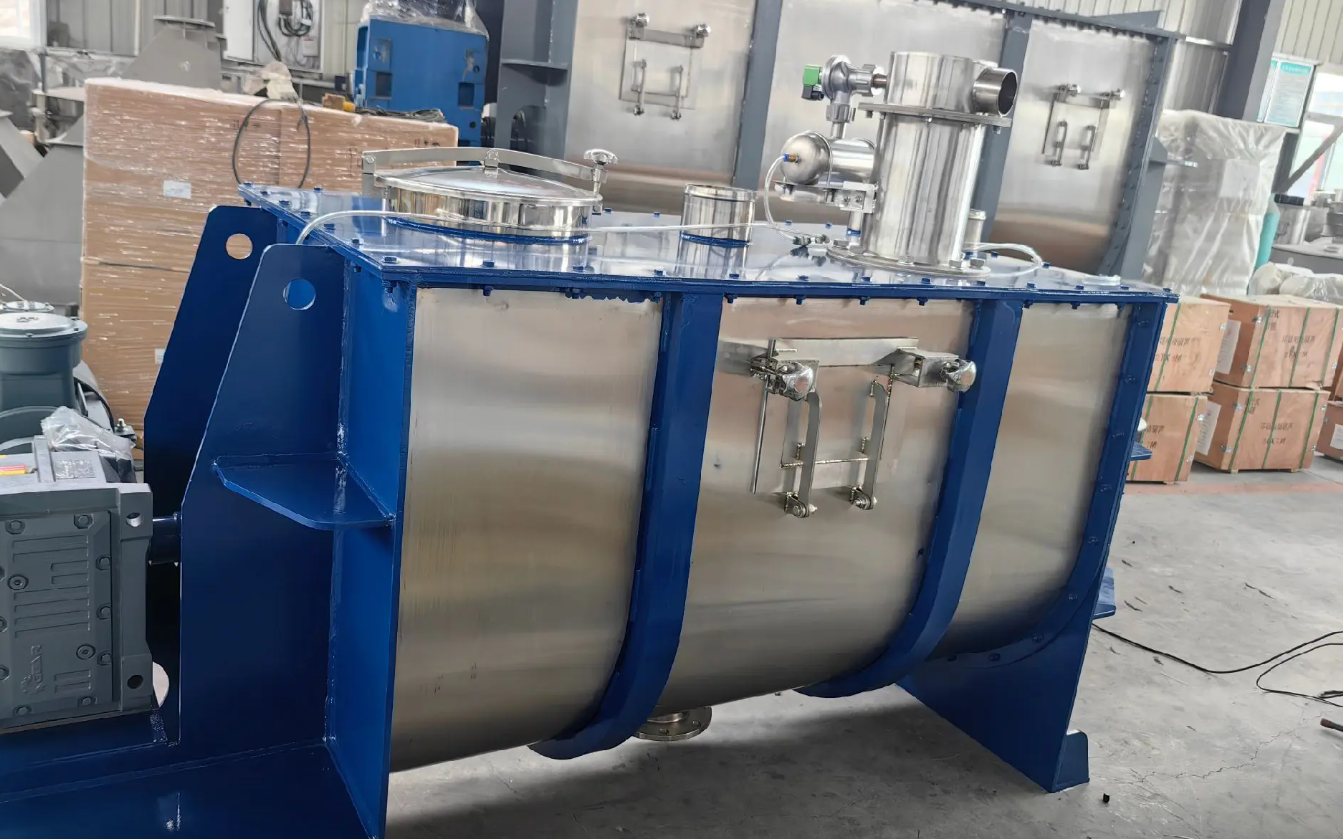
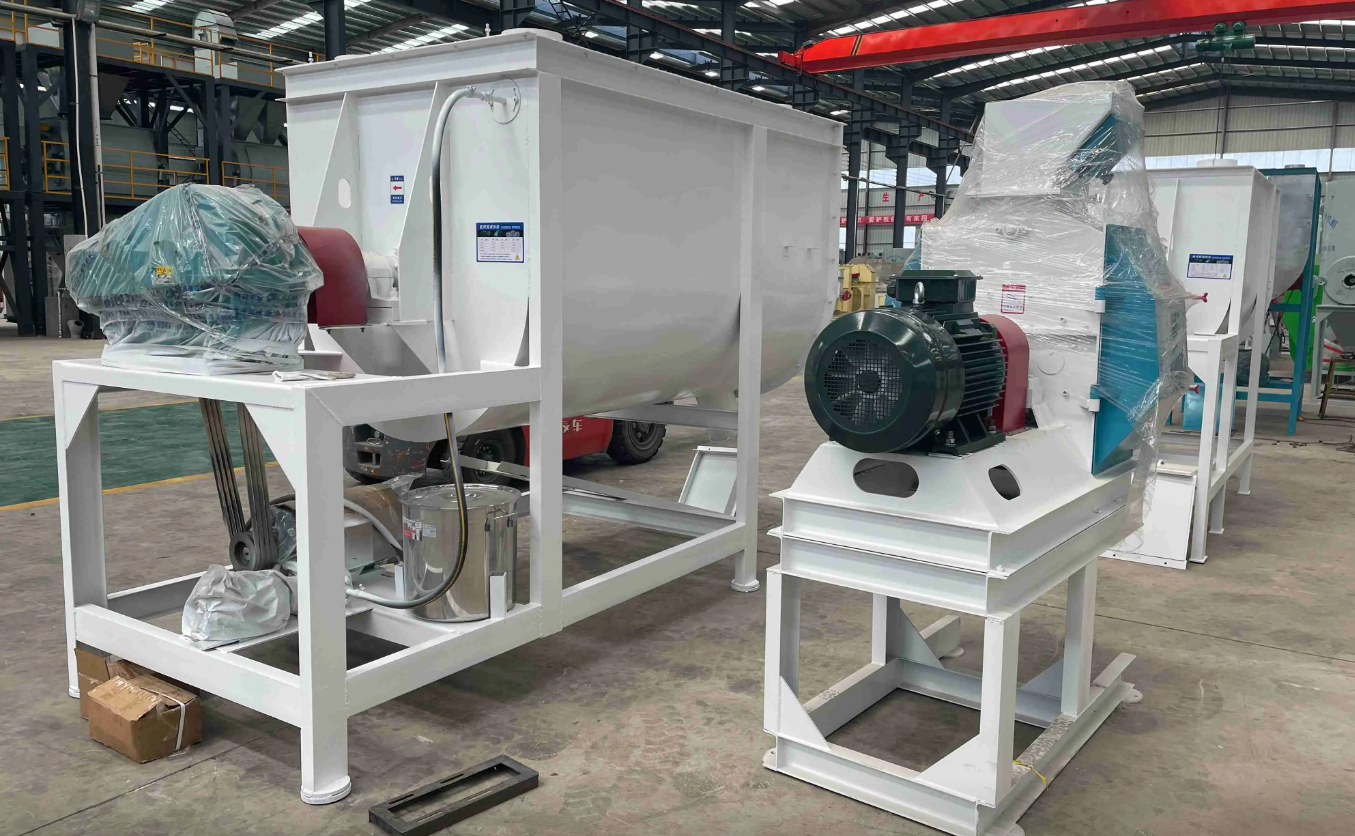
|
Advantage Dimension |
Ribbon Blender |
Paddle Blender |
|
High-Viscosity Material Handling |
Ideal for high-viscosity fluids (e.g., coatings, adhesives, pasty foods). The spiral ribbon design enables axial circulation, preventing material sedimentation. |
uitable for low-viscosity liquids (e.g., aqueous solutions, emulsions). Rotating paddles generate intense vortices and shear forces for rapid homogenization. |
|
High-Viscosity Material Handling |
Dual-ribbon design (outer ribbon pushes upward, inner ribbon pulls downward) creates cross-circulation, perfect for materials with significant proportion differences. The gentle mixing process results in low material breakage, making it suitable for fragile or sensitive materials (e.g., pharmaceuticals, food additives). |
Diverse paddle types (flat, pitched, angled) can be adjusted according to material properties, meeting various mixing requirements, though uniformity is generally lower than ribbon blenders. |
|
Heat Transfer and Process Adaptability |
Excellent heat transfer efficiency, supporting jacketed, spiral plate jacket, or half-coil tube configurations for heating/cooling reactions. Customizable designs (e.g., conical ribbon, elliptical-bottom ribbon) fit various vessel shapes, catering to complex processes. |
Weaker heat transfer capacity, mainly relying on the contact area between paddles and fluid, though optimized paddle designs can improve performance. Applicable to multiple processes but with limited customization options. |
|
Maintenance and Operational Ease |
Simple structure with few vulnerable parts, ensuring long service life. The full-opening cylinder cover design facilitates cleaning and component replacement. |
Lower equipment cost, straightforward structure, easy to manufacture and maintain, ideal for large-scale industrial applications. Features low energy consumption, minimal noise, and reduced operating costs. |
|
Operational Flexibility and Adaptability |
Moderate speed range; customization can meet specific process needs, though less flexible compared to paddle blenders. |
Wide speed range; mixing performance can be optimized by adjusting paddle angles or quantities. Suitable for solid-liquid suspension, liquid-liquid mixing, heat transfer, and other processes, offering high flexibility. |
|
Rapid Mixing and High Capacity |
Slower mixing speed but superior mixing quality, suitable for scenarios demanding high uniformity. |
Fast mixing speed (e.g., gravity-free twin-shaft paddle mixers complete each batch in 0.5-2.5 minutes), ideal for high-volume production. |
The ribbon mixer is based on a U-shaped or O-shaped horizontal cylinder, while the paddle mixer uses a vertical or horizontal mixing shaft and is equipped with various types of paddles such as straight and oblique paddles.
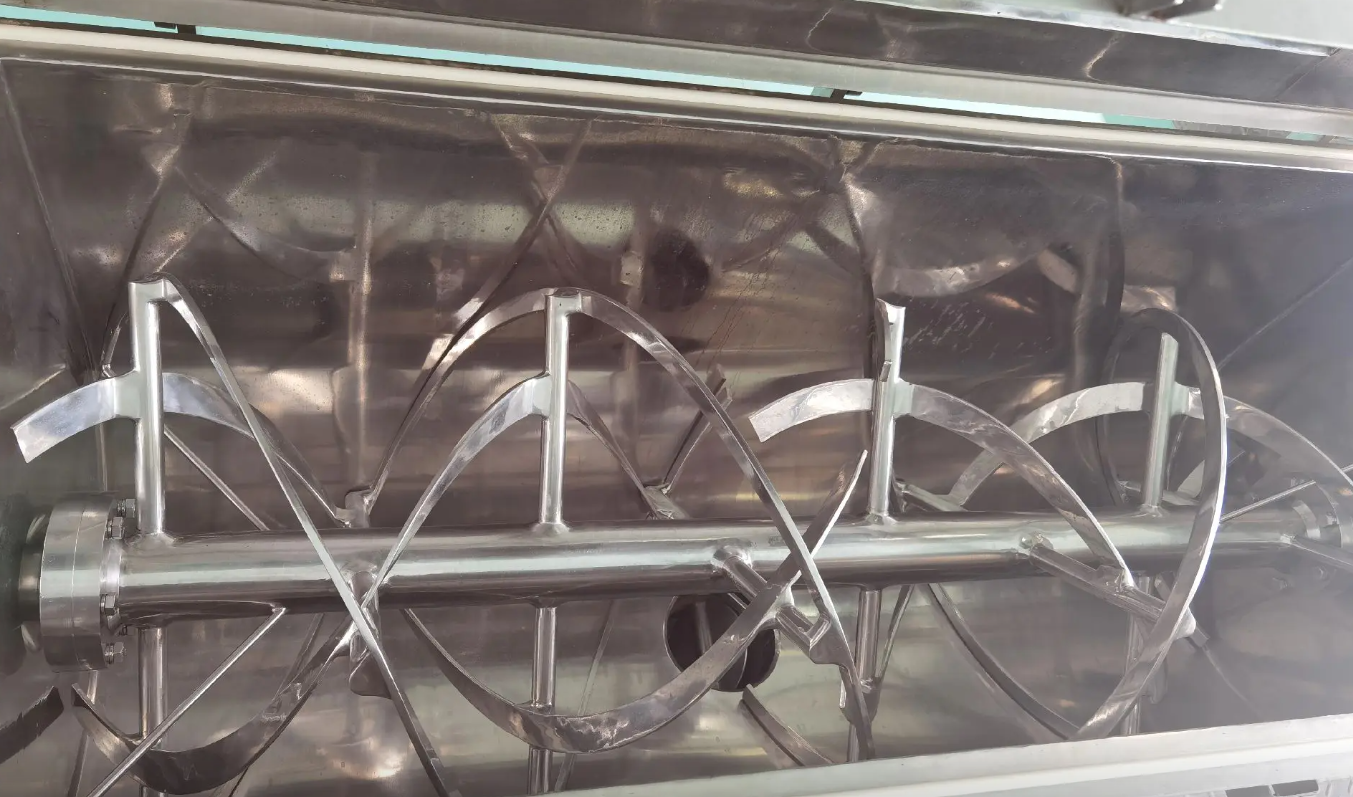
Ribbon mixer: Based on a U-shaped or O-shaped horizontal cylinder, it is equipped with a single or double helical ribbon mixing component. The double-ribbon structure is the most common, with the inner and outer ribbons spiraling in opposite directions. The outer ribbon pushes the material along the cylinder wall at a linear speed of 0.6-1.2m/s, and the inner ribbon pulls back in the opposite direction at a speed ratio of 1:1.2-1:1.5, forming a three-dimensional mixing motion of "axial convection + radial shear".
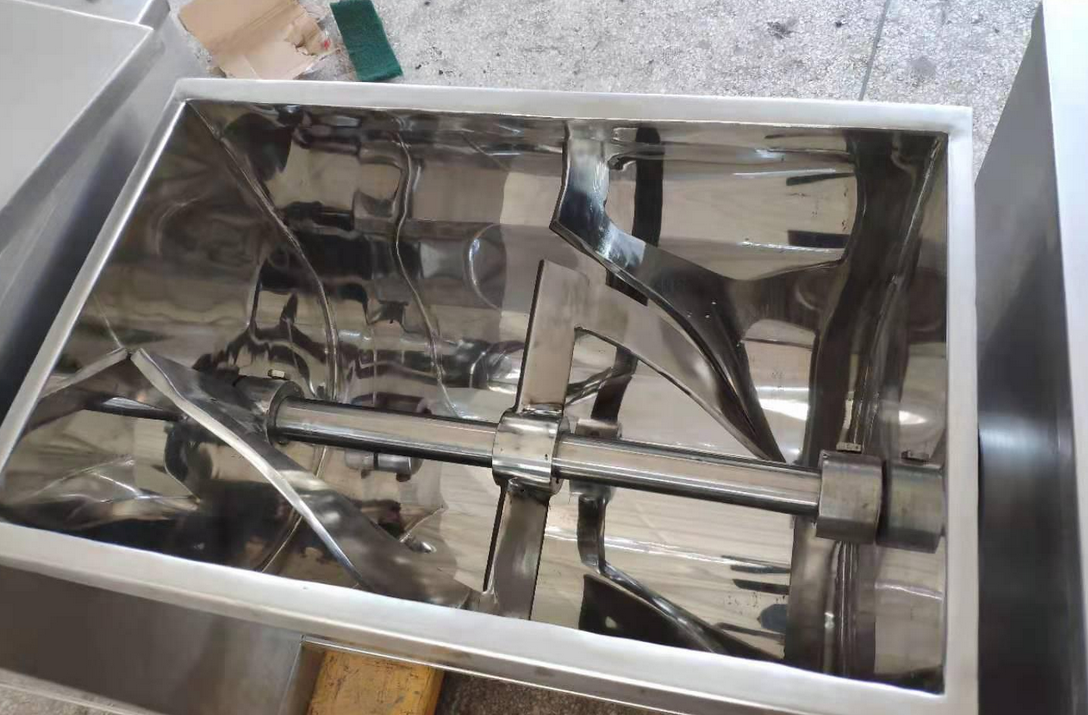
Paddle mixer: It adopts a vertically or horizontally arranged mixing shaft, and multiple sets of blades are installed on the shaft. Common blade forms include straight blades, inclined blades, anchor blades, etc. When working, the blades rotate to push the material to produce circular motion and axial flow, and some blade designs can also produce radial diversion.
In terms of mixing performance, the ribbon mixer achieves a high uniformity of CV≤2% with a three-dimensional mixing motion, and is good at handling multi-component powders and pastes; the paddle mixer has a fast speed and high mixing efficiency, but when handling materials with high viscosity or large density differences, the refinement is slightly weaker.
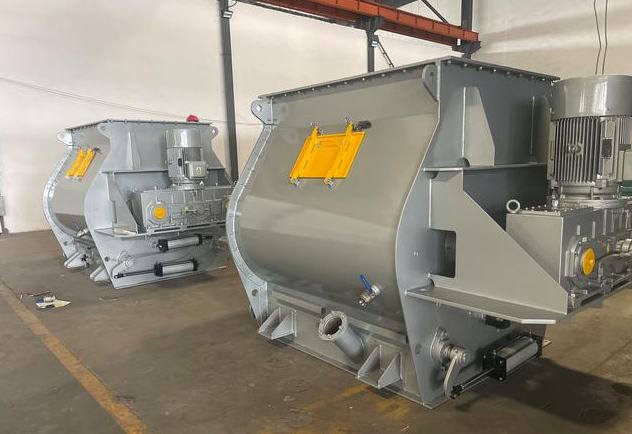
Mixing uniformity: With its unique three-dimensional mixing motion, the ribbon mixer performs well on materials with large density differences and poor fluidity, and is especially suitable for mixing multi-component powders and pastes. Paddle mixers can quickly achieve macroscopic mixing when processing materials with good fluidity, but their fine mixing ability is relatively weak for materials with significant density differences or high viscosity.
Mixing efficiency: The ribbon mixer has a large single-time processing volume and is suitable for large-scale continuous production, but its mixing speed is greatly affected by the characteristics of the material and the mixing cycle is long. The paddle mixer has a high speed and can quickly drive the material to move. When processing low-viscosity and small-batch materials, the mixing efficiency is higher and can complete a mixing within 5-10 minutes.
Ribbon mixers are suitable for high-viscosity, multi-component materials such as chemical powders, food raw materials, and pharmaceutical excipients, as well as cosmetic pastes and adhesives. Paddle mixers focus on mixing low-viscosity liquids and are often used in coatings and liquid foods.
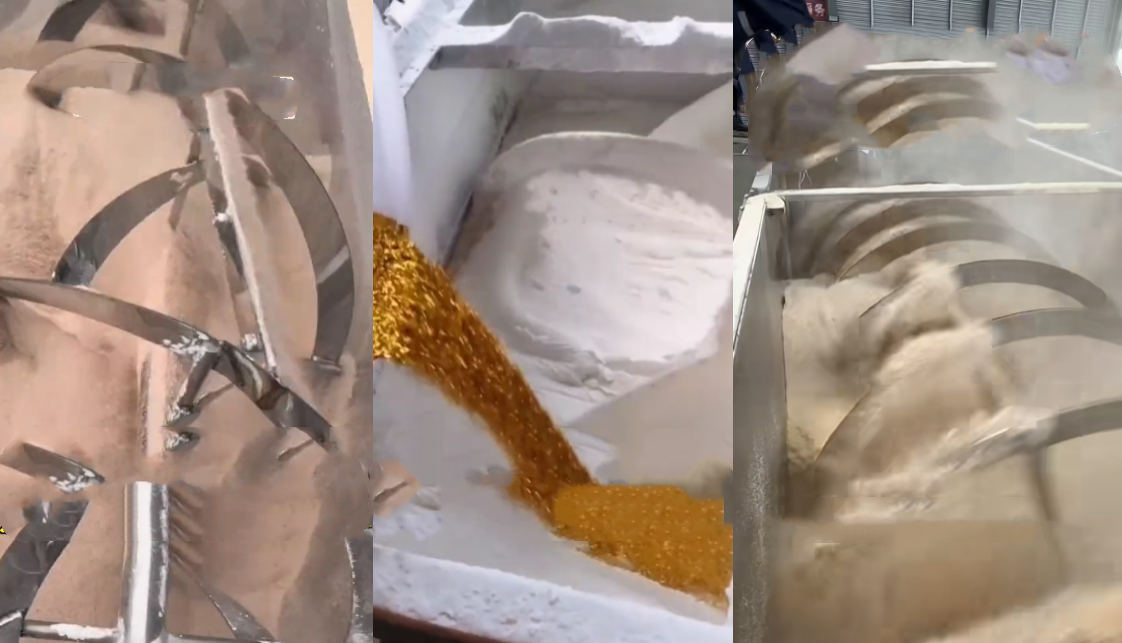
Ribbon mixer
Powder materials: widely used in chemical (pigment, plastic masterbatch), food (flour, milk powder), medicine (API and excipients) and other industries to achieve uniform mixing of powders of different particle sizes and densities.
Paste and high viscosity materials: in the production of cosmetics (foundation cream, lipstick base) and adhesives (silicone sealant), it can overcome the viscous resistance of materials and ensure uniform mixing.
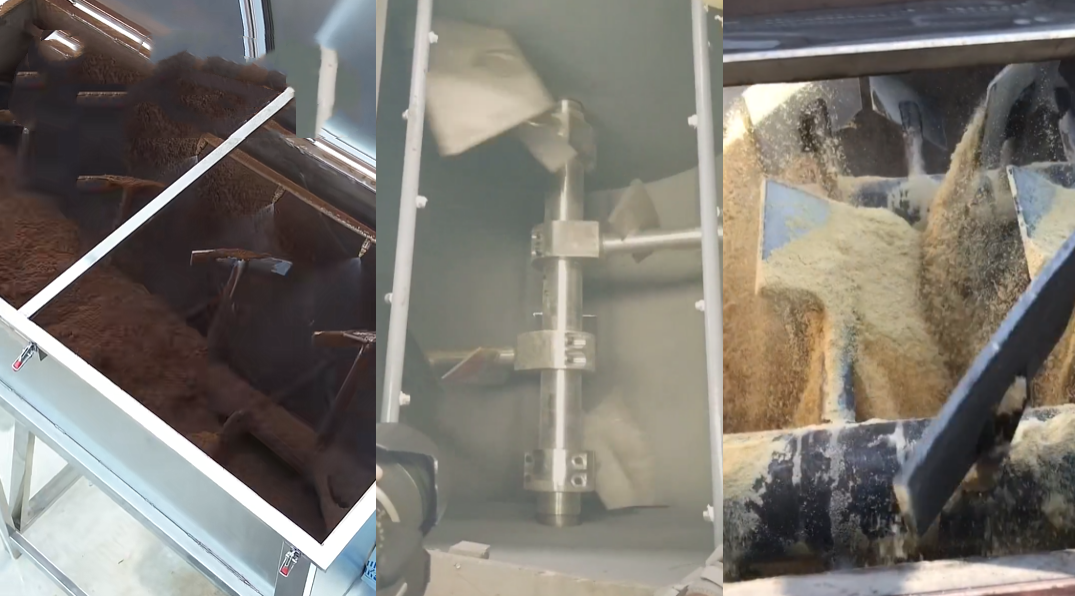
Paddle mixer
Low viscosity liquid and slurry: commonly used in the production of coatings, inks, liquid foods (juice preparation), to quickly achieve liquid mixing and dispersion.
Light mixing operation: in laboratory research and development, small food workshops, small batches of materials are processed, such as batter preparation and sauce mixing.
The choice of a ribbon mixer or a paddle mixer mainly depends on the following key factors.
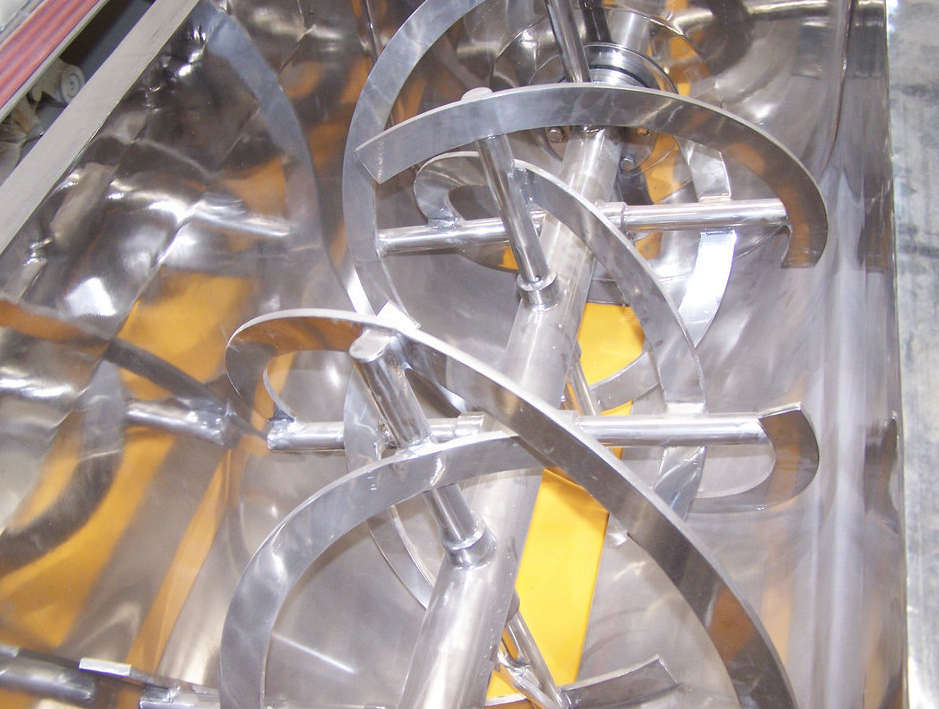
High viscosity materials: Ribbon mixer is the first choice, and its unique structure can effectively handle such materials.
Low to medium viscosity materials: Paddle mixers are more advantageous, and there are a variety of paddle types to choose from to achieve the best mixing effect.
Even mixing, heat transfer, and anti-sedimentation: Both mixers are available, but they need to be selected according to the viscosity of the material and specific requirements.
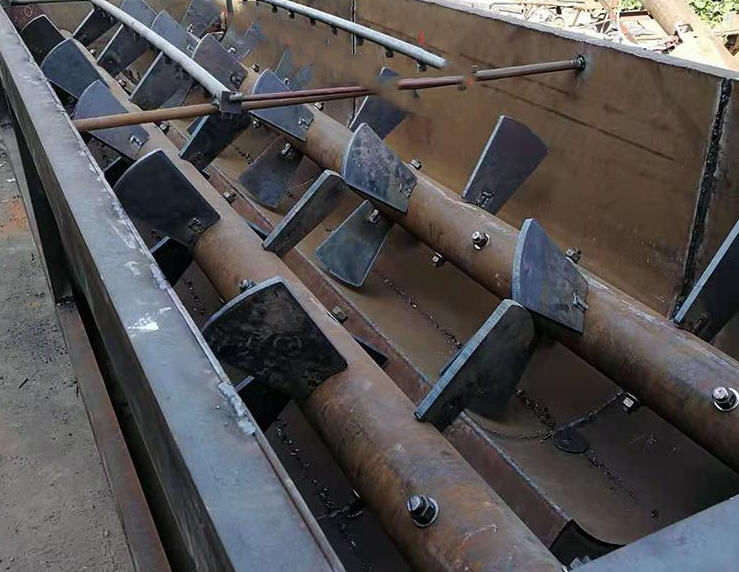
Dissolution, dispersion, and shearing: Paddle mixers, especially high-shear paddles, are more effective.
Gentle mixing and maintaining the original form of the material: Ribbon mixers are more advantageous.
As a professional manufacturer of mixing equipment with more than ten years of industry experience, Dahan Machinery also provides a full range of solutions for ribbon and paddle mixers, and its products are exported to more than 50 countries. Ribbon mixers can achieve high uniformity mixing with CV≤3%, while paddle mixers are known for their efficient shearing and support non-standard customization of 50L-20 tons. They have provided equipment for more than 3,000 companies in the chemical, food, and pharmaceutical industries, and provide customized requirements.
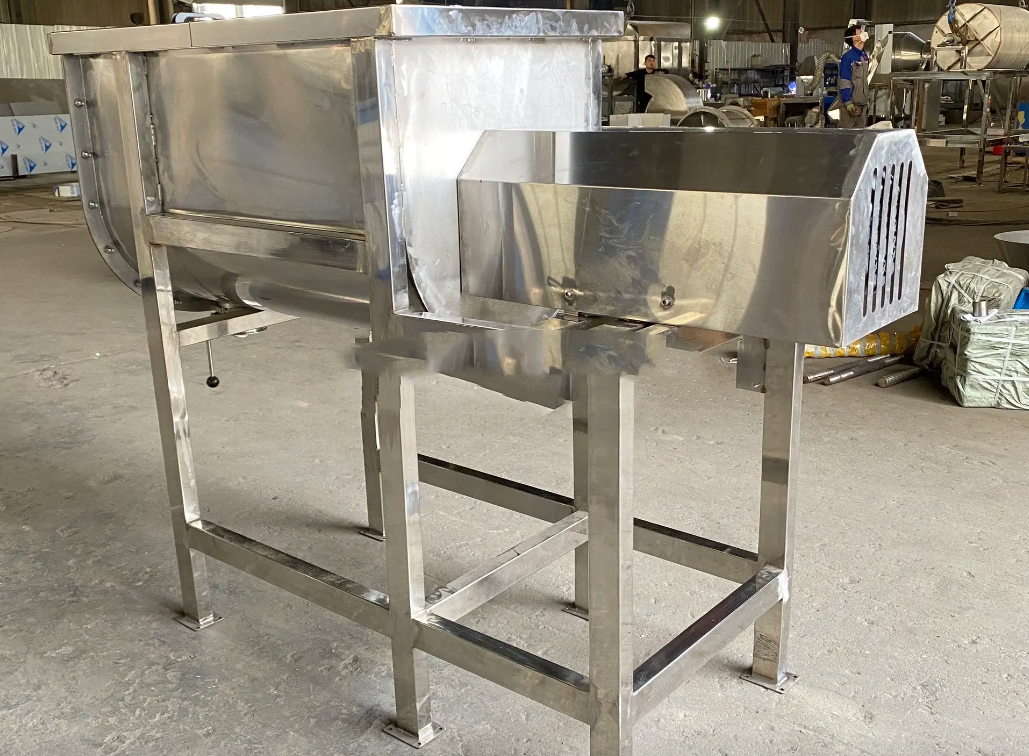
Ribbon mixers and paddle mixers each have their own advantages, and there is no absolute distinction between good and bad. Enterprises should accurately match equipment characteristics according to their own production needs in order to achieve efficient, economical and stable mixing processes.
Address:China,Yanjin county forest park gate to the west 1000 meters north road.